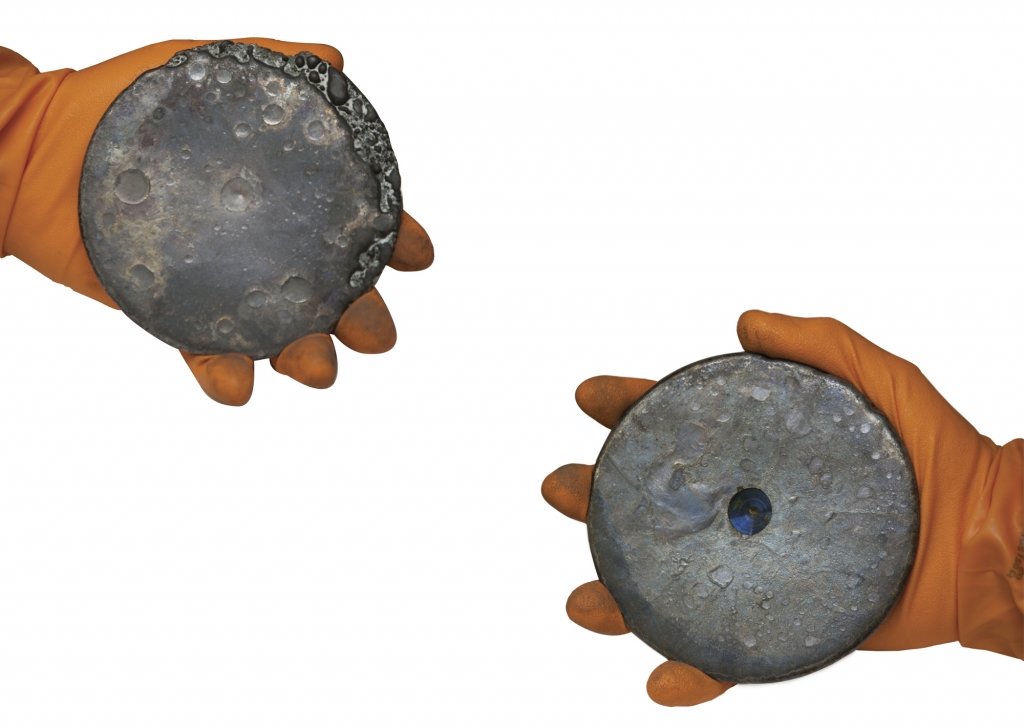Conceiving a regulatory system consisting in a more operative, researched and rich database in the field of nuclear materials identification and allocation is becoming a serious problem for the social national and international security.
Some legislative setting has been framed and institutionalized in 1995 by the (IAEA), concerning Incident and Trafficking. The number of clandestine, felonious episodes has, however, surpassed 2,300 cases ever since. It is true that the majority of these situations were only regarding industrial and medical use of these elements in different dosages, but the other ten to fifteen percent of the situations reported nuclear materials that have been left outside the regulatory framework, which represents a possible danger because of the impossibility to enclose and hold the agent accountable.

What nuclear forensics is
The nuclear forensics field is highly specific and distinct and it has drastically evolved since the ‘90s but its progress rate is not fast enough compared to the illicit reported events that have been repeatedly reported. The record of scientific publications in the field of study has increased as well, and along with it the institutionalized interest for the area, but the works in the domain still don’t get over one hundred a year.
The ideal set of measures that should be taken in order to institute a valid framework in the field is by international collaboration concerning the standardized nuclear materials, which literally implies investment in developing analysis and signature identification methods for nuclear materials, whose data has to further be examined and securely registered in parallel with investment in training experts to assure an implementation leverage of the legislative framework, in order to control felonies and criminals evading prosecution.
Of all the chemical elements, uranium and plutonium are the most distressing in matters of potential social danger, as they can easily indicate proliferation or nuclear terrorism. Some of the examples that are most pressuring are scrap metal combined with grams of high uranium or even kilograms of natural uranium, as well as gram-sized uranium metal samples. These highly dangerous and possibly threatening elements on the list are based on previous investigations or identification cases.

For instance, in Munich airport in Germany there have been seized 300 grams of plutonium oxide powder, back in 1994. As a rule, most of the identifications that have been performed took place in airports, seaports, national frontiers and, rarely, in state territories that were suspected for possession. But in order to be legitimately impeachable the possession has to be linked to a law in implementation, which sometimes is highly improbable to happen. If, however, there is a legislative ground on which the nuclear forensics can take action, the answers they are required to provide to the police officers regard the identification of the law that has been broken, the time and date of the illicit material production, the intended use of the suspect, the place where the illicit material was supposed to rrive to as well as if a pattern can be drawn.
The origin and history of such a radioactive material can be identified following numerous standardized procedures. Some of the most popular in the field are the analysis of its chemical and physical signatures, such as microstructure, appearance or isotopic and elemental composition. An illustrative example would be the identification of an isotope ratios of strontium impurities to have been mined in Australia or Namibia, once in a sample of natural uranium. Uranium-236 indicates, for instance, that the composition was irradiated in a power plant. Thus, the chemical and physical signatures suffer different kinds of variations throughout a nuclear fuel cycle.

The broader challenges in nuclear forensics regard many development directions, from the legal framework and scholar bibliography to innovative analytic methods to be validated, procedures that require other smaller steps to be followed, such as the robustness of the signatures that has to be proven in order to become standardized or the interpretation techniques that have to be solidly supported by substance.
Analogously, developing nuclear workforce implies solid scientific education in physics and chemistry, specialization in radio-chemistry, nuclear physics or engineering. The first systematic technical support should be given by universities, through specializations in forensic courses complementary to these fields of study, along with internships and placements in nuclear laboratories in order for the newly trained to gain experience as well. These training programs should be internationally accredited, in order to refer to very similar legal framing in order to prevent differences to encourage nuclear weapons to be created and developed. One of the institutions that could contribute to the scientific studying planing is the Nuclear Forensics International Technical Working Group, whose practitioners have founded in 1995 the Group of Eight (G*) countries.



